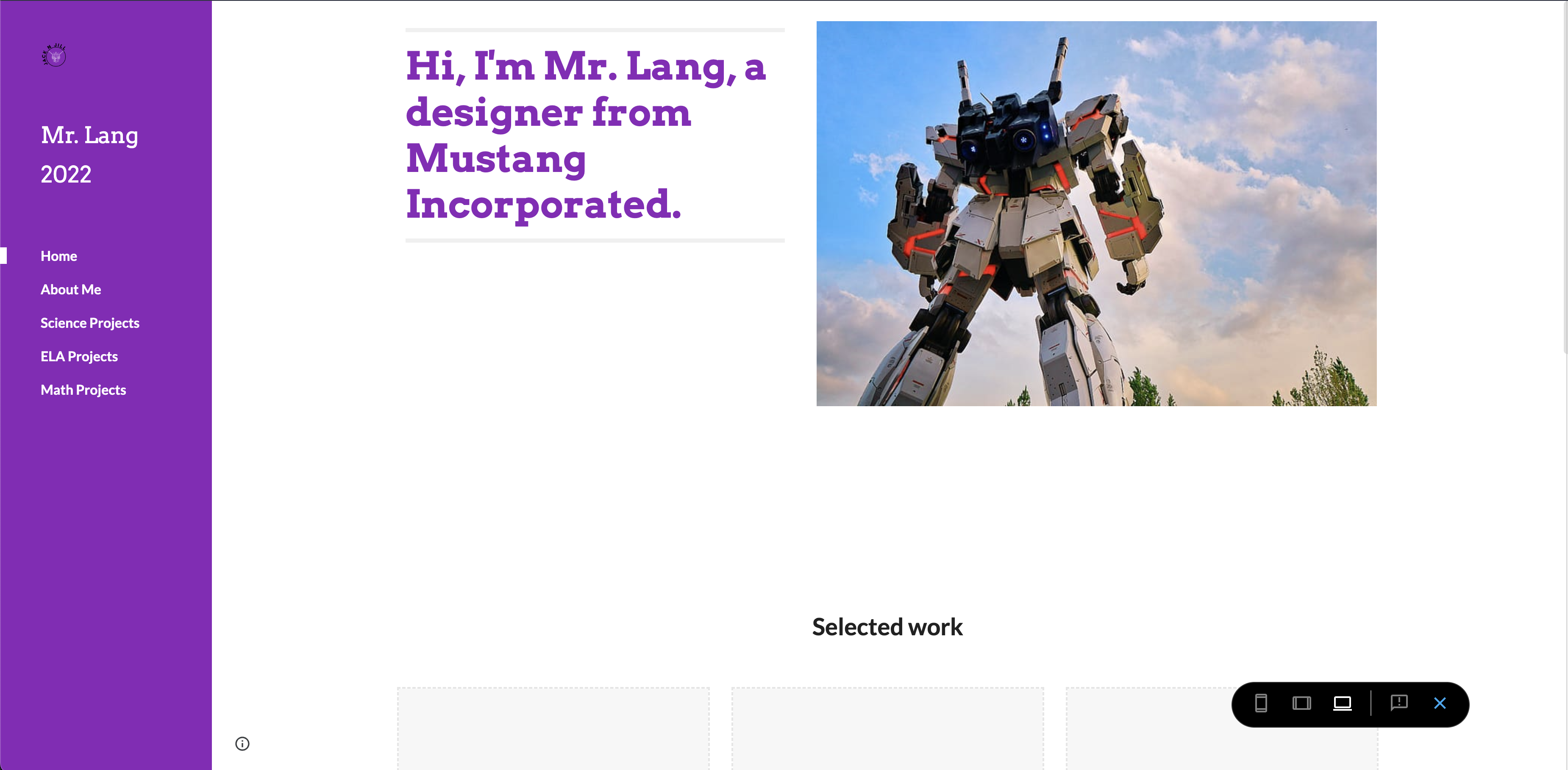No matter what your profession, there are three steps to creating a good portfolio - explain your thinking, tell a good story, and know which bear you are. With these three guidelines, whether you or your students want to be an XD, a developer, or something else entirely, your portfolio will get the attention you want.
Explain your thinking
The purpose of a portfolio is to showcase your thinking, style, and accomplishments. It might seem like your portfolio should be a photo album of your greatest hits, but sometimes your greatest failures also showcase an important part of who you are. The things you did when you first started might be hacky and rough compared to what you do now, but it demonstrates and reminds both you and your audience how far you've come. You'll need some narration to explain why you've included a certain piece or project in your portfolio.

The narration, however, doesn't have to be exhaustive. Many experience designers include Anjana Menon, use the format of outlining the value proposition, the problem, the solution, and what their role in the solution was. You could also explain why you decided to include a certain piece either using written words, video, or audio.
Tell a good story
Which brings us to the next point. Every portfolio should tell your story. It could be a story of growth, change, and evolution. It could be a story of how you approach different phases of your craft. Whatever the approach you take, make sure it's compelling to your audience. Why did you choose the elements you chose and what brings it all together?

Lauren Waller gives a concise explanation that still tells the story of the pieces included. It showcases the best work in a variety of fields that demonstrate growth.
Know which bear you are
In Goldilocks and the Three Bears, one bear has a little porridge, one bear has a medium bowl of porridge and one has a large bowl of porridge. You have to know which bear you are. If you're just starting out, think large bowl of porridge, absolutely everything you do is demonstrating your effort, tenacity, and progress. When I was first trying to break into tech, I included every garbage script I wrote in my GitHub because it was showing I was working on getting better. It showed what my current thinking was and how it was evolving. If you've been working in a field for a while, the medium or small bowl approach might be more your style. Choose a few carefully curated projects that showcase where you are now or that create a timeline of how your approach has changed over time depending on the purpose of your portfolio.
If you're trying to figure out where to get started with creating a portfolio for yourself or you're a teacher figuring out how to include portfiolios with your students, Mike has a great course that can get you started experimenting with free tools.

We also have two other courses coming soon: Using Your Writing Block to Create Dynamic Podcasts and Using Poptake to Hack Canvas. You can register below to join our newsletter and get notified when they go live!










What do you think?
It is nice to know your opinion. Leave a comment.